‘I AM WHERE I’M SUPPOSED TO BE’ – HISTORYFLIGHT’S SGTMAJ JUSTIN LEHEW
- By Tory Rich
Share This Article
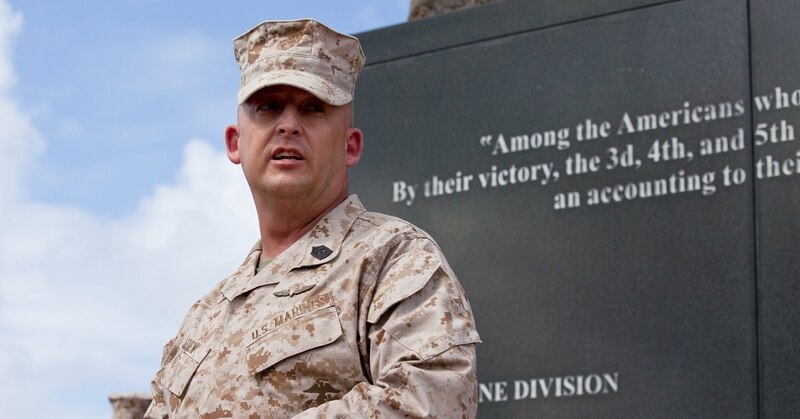
If you were to do some research on the opening stages of Operation: Iraqi Freedom, you would undoubtedly come across the story of Private Jessica Lynch and the rest of the Army’s 507th Maintenance Company. The 507th got lost in the midst of the blistering pace of the opening days of the offensive, ended up being ambushed in Nasiriyah, and over half the unit was captured.
Perhaps not quite as heralded is the Marine unit of AAVs (Amphibious Assault Vehicles) that rescued much of the 507th on their way to securing a critical bridge across the Euphrates River in Nasiriyah. Amid the chaos, confusion, and unrelenting fire on March 23rd and 24th, 2003, Company A of First Battalion, Second Marines held the bridge. The platoon sergeant of Company A, Gunnery Sergeant Justin LeHew, was awarded the Navy Cross for his actions in that battle. Acting “with total disregard for his own welfare,” according to the citation, he evacuated wounded soldiers of the 507th, and hours later recovered nine dead or wounded Marines from a burning AAV, all while under intense enemy fire. I had the privilege of talking about this and much more with the man known as “The Hero of Nasiriyah.”
A former drill instructor with an obstacle on The Crucible named after him, LeHew spent the final eleven years of his career as a Sergeant Major. He had to have been a hard-charger from the start, right? Actually, in 1988, Justin LeHew was in the process of joining the Air Force, but as fate would have it, he found out he was colorblind, and his list of options for an MOS (military occupational specialty) would be limited to just two. After “wandering the streets of Columbus (Ohio)” and pondering his next move, a dejected LeHew was found alone in the halls of the MEPS building by a gunnery sergeant who put him on the path to the Marine Corps.
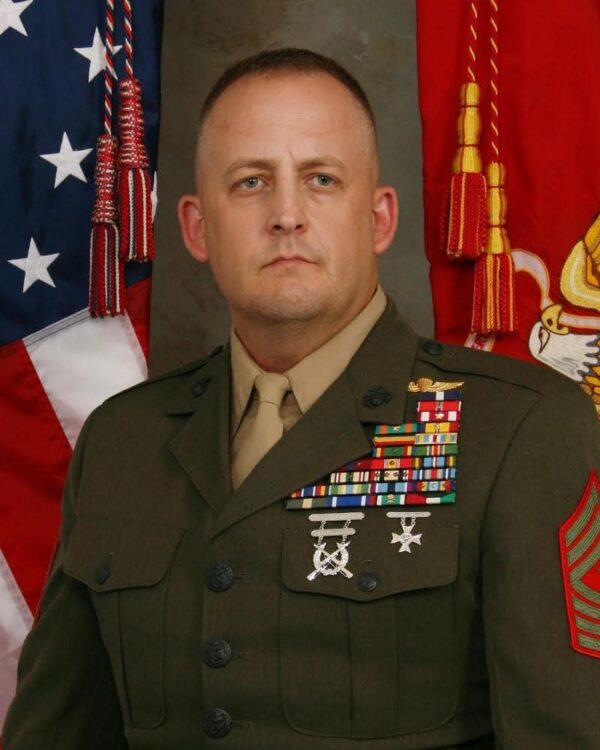
The proverbial forks in the road were far from over, though. After a trip to the front lines during Operation: Desert Storm and nearing the end of his enlistment, it was already a foregone conclusion in LeHew’s mind that he would be getting out of the Corps. To his surprise, he was sent to Sergeants Course anyway, and it was there that he learned he had a knack for teaching and leadership, and his instructors planted the seed of reenlistment in his mind. It’s hard to imagine now, but SgtMaj LeHew almost didn’t get the chance.
After his attempt to reenlist into air traffic control was denied because of his colorblindness, LeHew was running out of options. A career retention specialist brought him down to a field house where a handful of other Marines were sweating out their future, attempting to reenlist.
“I sat there all day. The gym emptied out. There was like five people, they’re folding up tables, they’re leaving. And this is the only chance I still have or I’m out of the Marine Corps,” LeHew told Sandboxx News.
“The guy called me back up to the table and had two books in front of him, and I noticed there was another kid in the gym sitting 10 yards away from me; this kid didn’t have an NJP, I had an NJP. They had given all the boat spaces away except for one – he called me back up, he turned the book around and said ‘Don’t f*ck me on this. Sign here right now.'”
The future SgtMaj LeHew was that close to being discharged after just four years. It wouldn’t be long before LeHew encountered his next obstacle when he was dropped from drill instructor school due to a severe shortage of AAV instructors. He and 21 others were recalled from their “B” billets and sent to Camp Pendleton to meet the needs of the Marine Corps.
“When I got in that school, that changed my attitude about everything, because I found that you can really grow in an environment where even your peers are disgruntled – and they just couldn’t see past it, to what was handed to them,” he said.
LeHew’s positive attitude gained him a favorable reputation with his leadership over his two years in the amtrac schoolhouse. The proud east coast Marine had suddenly gained a love for Southern California, and decided to be a drill instructor at MCRD San Diego in lieu of Parris Island.
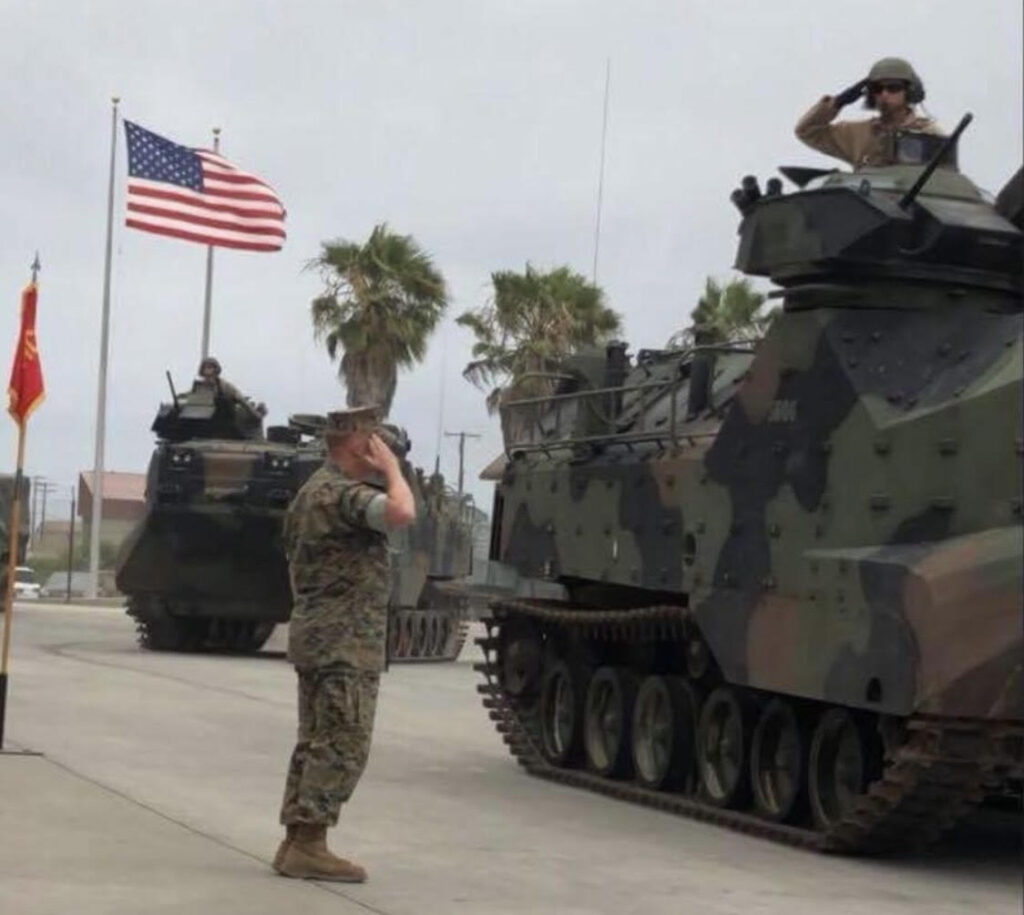
“I am where I’m supposed to be,” LeHew said multiple times, just as he had told himself on the winding road of his career. During this time, he met his wife, who was working at the dental clinic on base. Soon, LeHew was cycling through eight consecutive platoons of recruits, before transferring into academics at boot camp led him to teaching the classes, re-writing the history curriculum for both recruit depots, and even bringing the lessons to life by using uniforms and weapons from the periods he was teaching about.
As SgtMaj LeHew recounted all the stops in his career, it became clear that his footprint on the Marine Corps went well beyond the actions in Iraq he’s most widely known for. It was also clear that he hadn’t just stumbled into a difficult situation and gotten lucky. His swift and capable action in the face of unthinkable hell bearing down on him and his Marines was no accident. It lined up perfectly with everything else he was telling me. He ran into adversity, he saw what needed to be done to succeed, and he looked for the opportunity to do so.
Related: Supporting the future fight: MCSC modernizing infantry
For a 50-year-old man with his work ethic and accomplishments, you might expect the now-retired SgtMaj LeHew to have some gripes about the younger generation. However, when I asked him what he might have to say to current Marines, I found nothing could be further from the truth:
“Regardless of what they may read on the internet, regardless of what they may see about America is ‘tired, combat degraded, they don’t have their stuff together …’ the fighting force that they are a part of is still the most lethal thing that the world can put on the battlefield – bar none,” LeHew said.
“And more importantly, it’s not the machinery that does that. It’s the quality of people that we put in uniform. From one veteran that has crossed over that threshold to the other side, I could not be more proud of their generation.”
Related: No Better Friend: The kindness in Kabul is worth remembering
As a junior Marine, SgtMaj LeHew wasn’t particularly happy with his leadership or interested in reenlisting, and wasn’t in the MOS (or even branch of the military) that he had hoped for. So he had some advice for the many junior Marines that find themselves in a similar position:
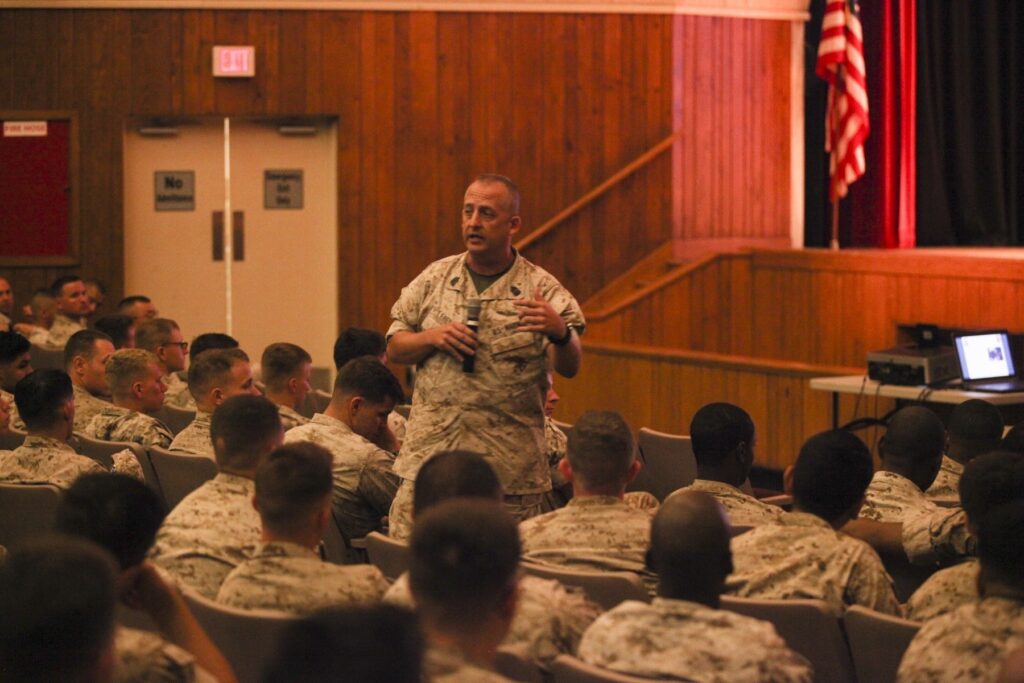
“Make sure you accomplish everything you came to do, because once you make that decision to leave, you don’t get a do-over. The last thing you want to do is be a disgruntled fifty-year-old sitting around wondering, ‘Well, what if I would have done this …’ If you make that choice to leave, whether you’re at four years or 30 years, make sure you’re making the choice to leave on one of the best days you’re ever having in uniform,” LeHew explained.
“Don’t ever make that decision on the worst day that you’re having. Wait until you’ve run the obstacle course twice and smoked everybody and you’re thinking ‘This is awesome, man … ‘ and then sit back that day, weigh your priorities, and say ‘I feel really good today, but I want to get that college degree, or I would like to pursue this other opportunity. And if you leave on that good day, and you sign those papers, you’re not going to regret that decision a day in your life.”
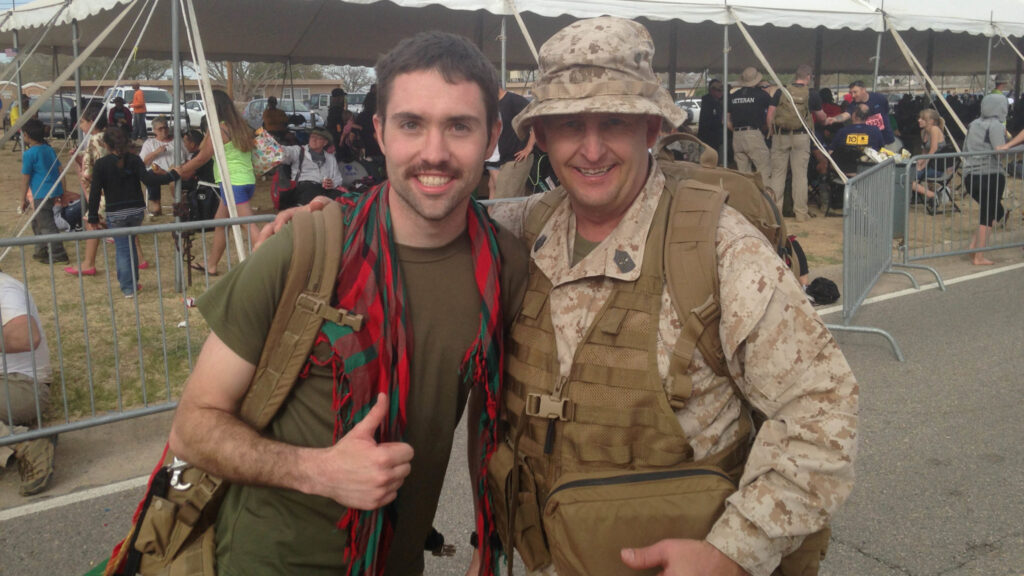
Related: The hurt is worth it: My Marine Corps story
So where does a retired Marine with such a passion for history and unquestioned dedication to his country go? SgtMaj LeHew may not wear the uniform of a United States Marine anymore, but his commitment to his fellow service members of any generation is still as strong as ever. He is now the chief operating officer of HistoryFlight, a “privately operated, 501(c)3 Non-Profit organization dedicated to researching, recovering and repatriating America’s service members back to the United States of America,” according to their website.
There are currently 81,900 American service members still missing from foreign conflicts. Where the government is often hamstrung by time and budgetary constraints in looking for remains, LeHew and his team are able to stay the course at dig sites, looking until they are “100 % certain” they have unturned every stone in the area. The government does provide funding in some cases in the search effort, but much of the recovery process depends on private donations.
This is of particular importance on the island of Tarawa, where there is a “race against time” due to land erosion and human development that could prevent the recovery of the remaining 300-plus missing troops. HistoryFlight, understanding the urgency, is currently engaged in 24-hour operations on the mile-long island in the central Pacific, making them the only American recovery service running 24 hours anywhere in the world. Once remains have been found, HistoryFlight turns them over to the government to be identified, and the government sends a uniformed service member to notify the families just as if they had recently been killed in action.
SgtMaj LeHew is proud to run a diverse organization that draws its strength combining people from all walks of life — “males and females, academics and green berets,” as he puts it. The combination has led to a 93% success rate when assigned a recovery (compared with the government’s 19%).
He makes it a point to mention that they abide by the classic Marine principle: “We always leave a place better than what we found it,” which improves relations with the citizens in the area and makes it more likely they’ll cooperate in any future searches.
If you would like to learn more about HistoryFlight or how to donate, you can find them on Facebook, Twitter, or at historyflight.com. There is a PBS documentary called “Homecoming: Sgt. Hamilton’s Long Journey that details one family of a World War 2 veteran getting closure as a result of HistoryFlight’s efforts. SgtMaj LeHew was also on episode 242 of the Jocko Willink Podcast.
This article was originally published 12/22/2020
Feature image courtesy of Sgt Maj LeHew
Related Posts
Sandboxx News Merch
-

F-35 ‘Lightning’ Poster
$22.00 – $28.00 Select options This product has multiple variants. The options may be chosen on the product page -

F-35 ‘Evolution’ Poster
$22.00 – $28.00 Select options This product has multiple variants. The options may be chosen on the product page -

F-35 ‘Evolution’ Framed Poster
$45.00 – $111.00 Select options This product has multiple variants. The options may be chosen on the product page
Tory Rich
Tory Rich is a Marine veteran, and now coaches football and wrestling, so he spends most of his time lecturing younger people about “back in the old days.” Fortunately, there aren’t a lot of kids to tell to get off his lawn deep in the woods of Vermont. Since he got out of the Marines in 2011, Tory got a bachelor’s degree in Kinesiology from UNLV. While he lived in Las Vegas he dabbled in powerlifting and learned just enough about mixed martial arts to get his butt kicked.
Related to: Military Affairs, Military History

Video: The Air Force is considering the B-21 for air-to-air combat

Video: The Navy’s F/A-XX may become the first 6th generation aircraft in the world

SiAW: Air Force receives a wildly capable new air-to-ground missile for testing
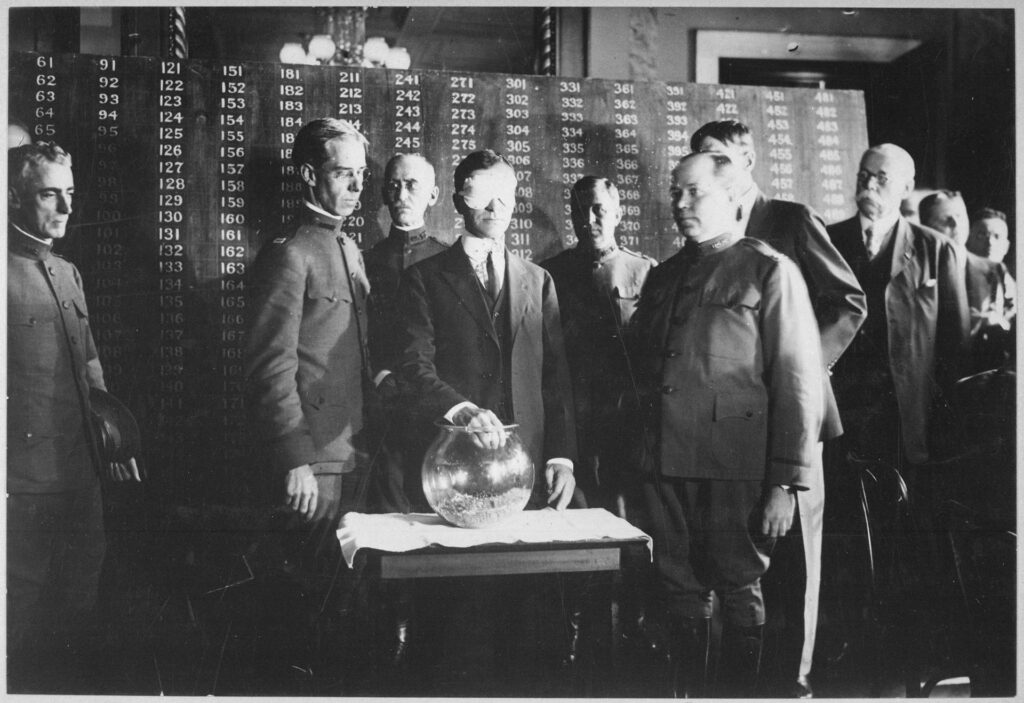
Military draft registration is going down, so Congress wants to take action
Sandboxx News
-

‘Sandboxx News’ Trucker Cap
$27.00 Select options This product has multiple variants. The options may be chosen on the product page -

‘AirPower’ Classic Hoodie
$46.00 – $48.00 Select options This product has multiple variants. The options may be chosen on the product page -

‘AirPower’ Golf Rope Hat
$31.00 Select options This product has multiple variants. The options may be chosen on the product page -

‘Sandboxx News’ Dad Hat
$27.00 Select options This product has multiple variants. The options may be chosen on the product page
